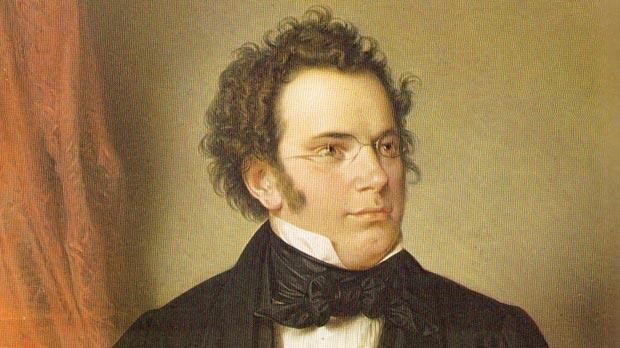Some incredibly sublime music was written in the shadow of Beethoven. For a case in point, look no further than Franz Schubert’s Symphony No. 4 in C minor. The 19-year-old Schubert completed this work in April, 1816. It didn’t receive a public premiere until 1849, more than two decades after the composer’s death. For those who rediscovered Schubert’s symphonies (including the epic Ninth), the feeling must have been something akin to finding a wad of cash in the pocket of an old coat.
Schubert’s symphonies have a unique and distinct atmosphere and personality. When compared to the revolutionary struggle of Beethoven’s symphonies, this music takes us to a completely different universe. It unfolds more gradually and inwardly, with long-arching melodies which take unexpected harmonic turns. Schubert often seems to be pointing the way to Bruckner. Rather that pushing towards a distant goal, it’s easy to get the sense that this music is content to live in the moment.
Schubert gave the minor-key Fourth Symphony the subtitle, “Tragic.” There are some moments of haunting melancholy and even anguish, especially in the first movement’s opening introduction (which moves, harmonically, to a shockingly distant G-flat at one point). But overall, there is as much bubbly, youthful vitality in this music as tragedy.
Throughout the Fourth Symphony, we hear “choirs” of instruments- groupings of woodwinds in dialogue with strings. For an example, listen to this passage near the beginning of the beautifully majestic second movement. At the end of this first theme, we’re left with two lonely woodwind statements, each group of voices suggesting distinct characters or personas. A few moments later, there’s an extraordinary passage in which the music seems to go further and further astray before finding itself again. When the stormy second theme returns later in the movement, listen to the way the woodwind voices seem to shriek in protest. Near the end of the second movement, there’s a moment which is quintessential Schubert: The opening theme is stated one last time in all of its tuneful glory. The repeat of the melody’s bridge suddenly veers off in an unexpected harmonic direction like an innocently wandering child (at the 18:13 mark). The movement’s coda section is a glistening and spectacular final celebration of the woodwind “choirs.”
There are other thrilling examples of those “quintessentially Schubert” moments where the music suddenly takes a surprising turn. Listen to what happens as this theme develops in the first movement. Or listen to this exciting passage in the final movement in which a single idea hijacks the musical line, forcing it into modulatory overload. Schubert’s symphonies are often heard in the context of the well-ordered classicism of Mozart and Haydn, but this seems to be a moment of full-fledged Romanticism. In fact, you can hear the seeds of Schumann’s symphonies.
Here is Herbert Blomstedt’s 2013 recording with the Staatskapelle Dresden:
Five Recordings
- Schubert: Symphony No. 4 in C minor, “Tragic,” D. 417 Herbert Blomstedt and the Staatskapelle Dresden iTunes
- Nikolaus Harnoncourt and the Vienna Philharmonic
- Michael Halász and the Failoni Orchestra
- Nathalie Stutzmann and the OSESP Orquestra Sinfônica do Estado de São Paulo
- Frans Brüggen and the Orchestra Of The 18th Century

